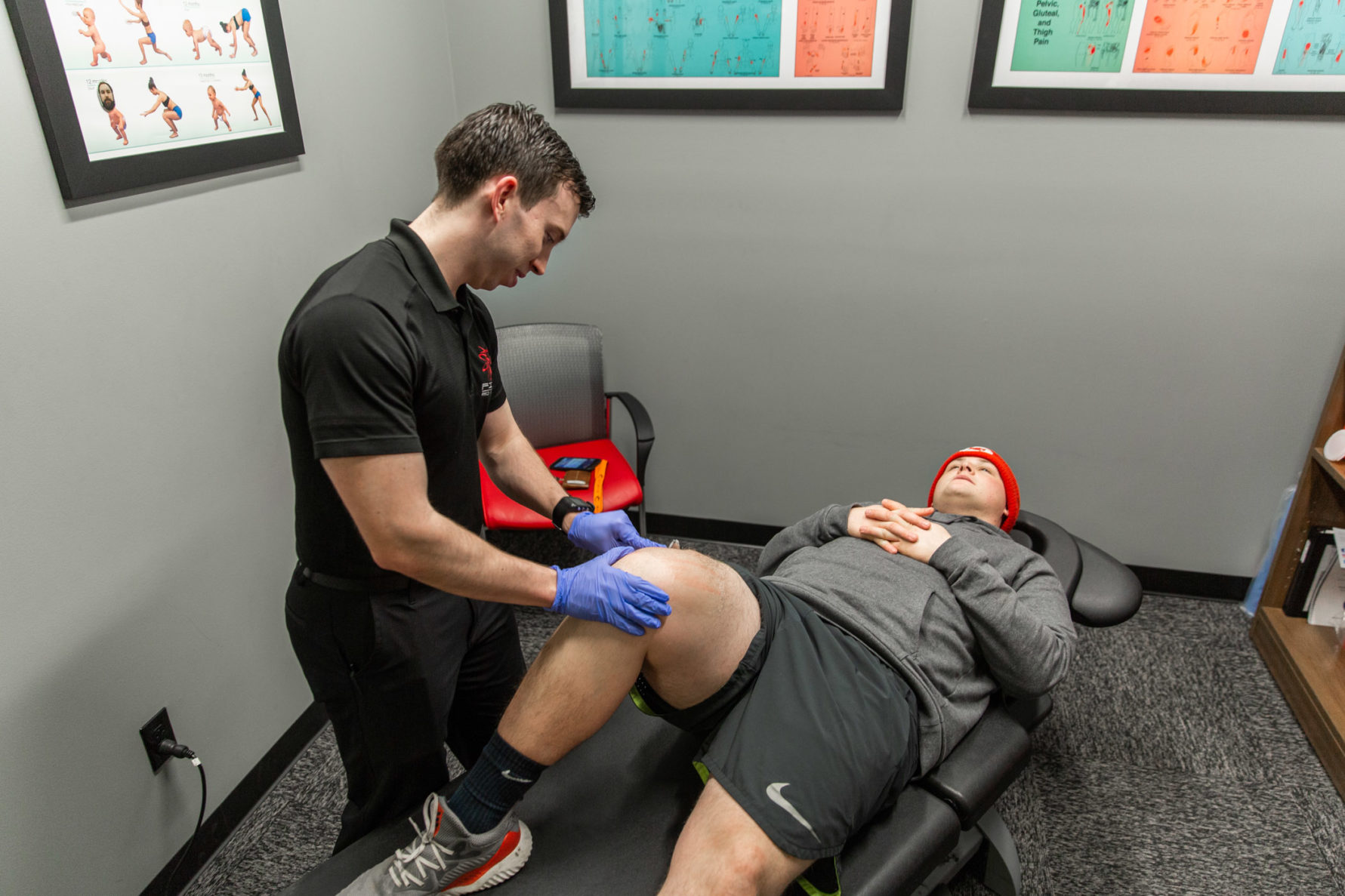
Foam rollers can be found in almost any gym now, but still many people have no idea what they are for or how to use them properly. If you're one of those people, don't worry, we're here to help.
Our rehab specialists are here to answer the why's and how's behind foam rolling so you can get the most out of it and utilize it correctly, avoiding injury.
What is a typical foam roller?
Foam rollers are typically anywhere from 12” to 36” long and made up of compressed foam. Some have bumps and ridges to intensify the foam rolling session. These added features typically are not too important and depend on what your goal with foam rolling is. There are also foam rollers that you can freeze and have a vibrational feature. These are just added features to enhance your foam rolling experience.
Why Foam Roll?
You may be asking, what is even the benefit of foam rolling and why should I incorporate it?
Did you know foam rolling helps release tension in the muscles, relieve muscle soreness, and improve flexibility and range of motion! Studies are now showing that foam rolling will help desensitize the area you are foam rolling which can lead to more of a stretch, thus a temporary increase in range of motion.
Not only can your range of motion increase, but another major benefit seen with foam rolling is its ability to help decrease muscle soreness. This is typically referred to as DOMS (delayed onset muscle soreness). Foam rolling will help decrease some of the muscle soreness we typically see in 24-72 hours after we train a muscle group.
In addition to helping with flexibility and reducing muscle soreness, foam rolling helps our body recover more quickly. Therefore helping keep consistency in workouts as soreness is decreased from previous workouts, and this can help us reach fitness goals more efficiently and effectively.
Now that we've addressed a couple of they why's behind foam rolling, let us discuss tips on how to perform foam rolling Correctly.
First and most importantly:
"DO NO HARM!”
If you experience pulsing, throbbing, numbness, tingling, or shooting pains…find a new spot. What we mean is, if foam rolling is causing pain back off of it and consult your F.I.T. doctor.
A few other tips:
- Be attentive to positioning, limitations, spinal posture, etc.
- Find tender points/bands of tissue in your targeted region.
- When you find your MAX PAIN TOLERANCE – hold each spot 20-30 seconds.
- At your MINIMUM PAIN TOLERANCE – hold each spot 60 seconds.
- Recommended morning/night and pre/post-workout for postural and cumulative trauma type dysfunctions.
- Best utilized as an integrated approach to improving neuromuscular efficiency.
If you have further questions about foam rolling consult with your F.I.T. doctor who can guide you on setting up the proper foam rolling routine.



